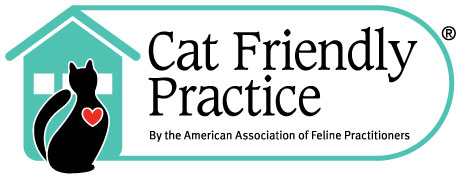One of the best ways to handle the problem is through training. This process takes a long time, a dedicated owner and patience. Our goal is to slowly get the pet comfortable with noise – maybe even enjoy it! This is called conditioning.
Step 1
Determine just what the problem is. Is your pet afraid of loud noises of all kinds, or is it high-pitched noises, only fireworks, cars backfiring or something else? Once you know what the problem is, you’ll need a tape recording of the noises that runs about 30 minutes. You can make the tape yourself or you can buy some tapes through dog training catalogs.
Step 2
Determine what your pet’s favorite treat is. For most it will be food of some kind. For others it will be playing ball. Set up a situation where you can play the tape recording and provide the treat at the same time.
Step 3
Start conditioning. Play the tape so quietly that you cannot hear it. While it is playing, feed the treats or play with your pet. Do this for 3-5 minutes every day for a week. After 7 days, turn up the volume just the teeniest bit. Remember that your pet can hear better than you! Continue to provide the treats or playtime. Every 7 days turn up the volume just a bit.
Step 4
Once you are able to hear the tape and if your pet is doing okay, start leaving it running longer and provide treats and play time intermittently throughout the time. Start at 5 minutes and move up to 30 minutes. The next step is to start moving around throughout the house and into the yard. If ever your pet shows any fear, cut back to the last level and continue treats or playing for an additional 7 days.

What if it doesn’t work?
Obviously conditioning takes time. You should expect at least 6 months of training – potentially much longer. Using medications to speed up the process is not as effective as taking your time and doing this properly.
If you have problems with this method, you will need to seek professional help. Keep in mind that this will take time also. Our veterinarians may be able to prescribe anti-anxiety medications to use along with the conditioning process and can help you with tips in carrying out the training.
If you do not have time to carry out the training before the next “event,” talk to one of our veterinarians. We can help with proper prescriptions and behavior modification techniques to help you and your pets get through the situation safely.
Noise Aversion and Treatment Options



